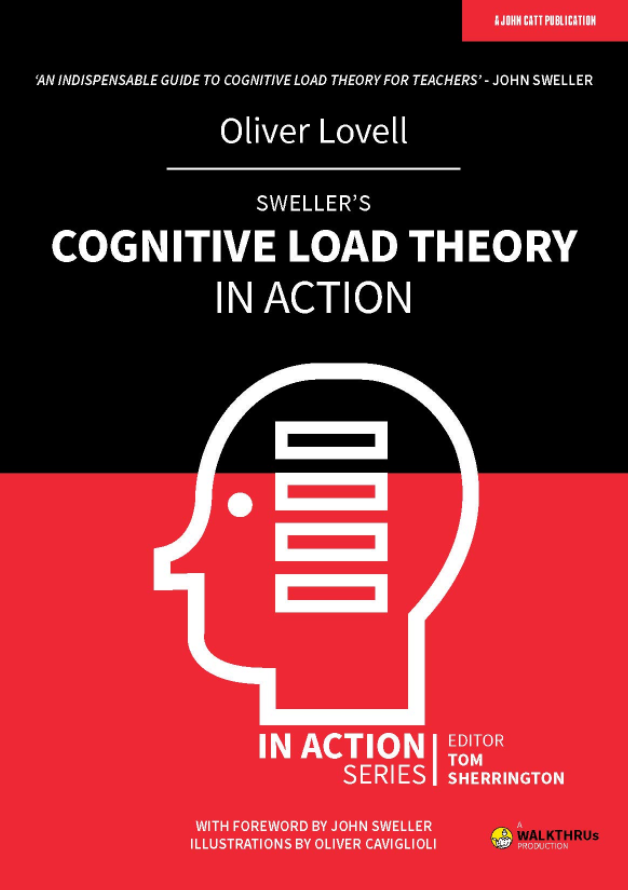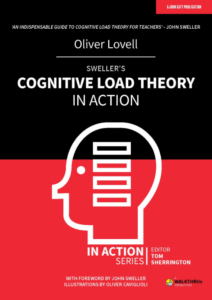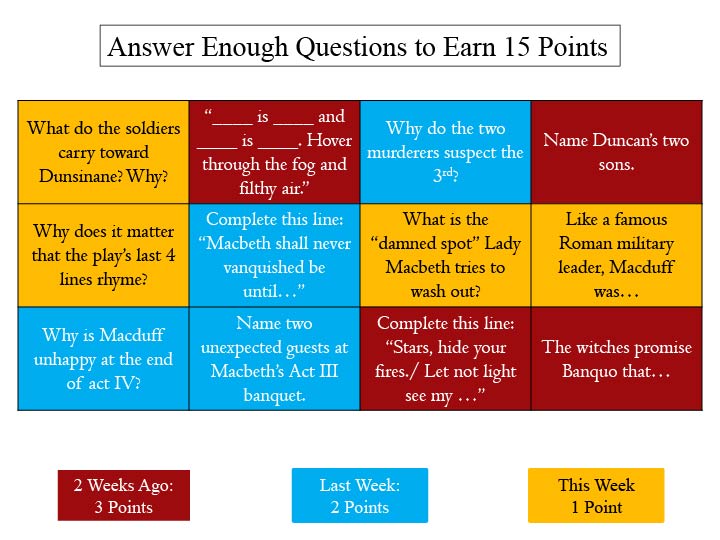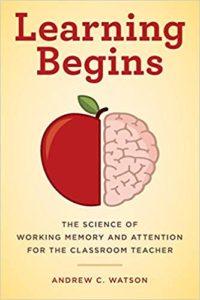Imagine this scenario: you’re standing in the CVS toothpaste aisle, trying to decide.
You think you should be able to recognize something familiar, but honestly there are so many choices.
Which brand are you loyal to?
Do you want mint?
Fluoride? Foaming? Whitening?
A patented “sensitive teeth” formula? Bacon flavor?
I think I made up the bacon. But, given all those choices and all the combinations, you simply can’t decide.
If you’re like me, you feebly grab at something plausible and make a dash for the register.
If you’ve had a long day of grading, you might just give up entirely.
So: what on earth is going on in your head? Why is picking a box of toothpaste so exhausting?
Cognition Im/possible
When I meet with teachers, I regularly discuss the importance of working memory.
This vital cognitive capacity allows students to hold on to several bits of information, and to reorganize/combine them into new facts, processes, and mental models.
Oversimplifying a bit, you could say it’s where the learning starts happening in the mind.
This essential mental process, however, creates two important problems.
The first problem: our students just don’t have very much working memory.
If you see students forget the question they were about to ask, or give up on a shockingly simple task, or lose focus completely, you might just be looking at working-memory overload.
It happens all the time.
The second problem: most of the ideas that we want our students to learn already exist in our own long-term memory.
We really struggle to see the working-memory load included in their work, because we already know how to do it.
Why can’t they do this simple math problem?
Why do they struggle to use new vocabulary words into a sentence?
And, why isn’t the answer to a history question perfectly obvious?
In every case, the correct answer is in our long-term memory, but students must wrestle with it in their working-memory.
In other words, our own expertise obscures our students’ mental struggles from us.
But: when we go to the CVS toothpaste aisle, we know exactly what they’re going through. Too many mental variables – not enough headspace. Ugh.
When In Rome…
I’ve spent the last week in Rome for a conference, and – believe it or not – found myself thinking about all that toothpaste.
Why? Because: museums.
I visited several museums, and was repeatedly struck by my own working-memory overload.
For example, the room with all those coins:
What should I be learning from the hundreds (and hundreds!!) of doubloons and coppers and denarii?
Which are the most important examples?
Should I spot trends or cycles or dramatic shifts?
Of course, the museum folks know that I have those questions, so they provide answers:
Hundreds and hundreds of little cards with LOTS of information about the coins.
All that information includes specialized vocabulary.
And those vocabulary words get helpful definitions in parentheses.
All these answers – the information, the vocabulary, the definitions – benefit other experts in ancient coins.
But they leave me even more confused and overwhelmed.
In other words: like some teachers, museum experts did not recognize the cognitive overload experienced by many students/museum-goers.
I wanted to learn.
I wanted to understand.
Certainly I wanted to appreciate.
But I just didn’t know how to process SO MUCH STUFF. And, don’t get me started on the rooms with helmets or wine-jugs…
Inherent Expertise
At the same time I noted my own experience of working-memory overload, I experienced several museum collections that did NOT overwhelm my brain.
For instance, the first room (more or less) in the Vatican Museum includes several hundred busts: matrons, soldiers, children, priests, emperors, even an enslaved person.
To my surprise, I didn’t feel overwhelmed; instead, I felt curious and enticed. I wanted to look at the faces and speculate about their identities and stories and personalities.
Why the different reaction? Here’s my hypothesis:
I have no expertise in coins (or wine jars), and so all those samples felt overwhelming.
However, I have LOTS of expertise with faces. I spend most of my days interacting with them and the personalities behind them.
My inherent expertise with faces meant that 1000 busts felt fun and interesting, whereas 1000 helmets filled me with boredom and dread.
Classroom Implications
I said above that our teacherly expertise makes it difficult for us to spot our students’ working memory struggles.
For that reason, I think we should always look out for the working-memory overload that we all experience.
Driving to a new location in a rental car? Wondering where the rear defrost button is, and when to turn left? Could be working memory overload…
Navigating a new cafeteria, trying to find the silverware and the beverages and the gluten-free options? The salad dressing is where again? Yup: working memory overload…
Too many options when you’re trying to choose a hotel on that website? Perhaps you’re furious about all those helpful pop-ups? You know the feeling…
In brief: the better we get at recognizing working-memory problems in our own lives, the better we may become at spotting the problems our students are likely to have.
Empathy may be the pathway to understanding.
And, that empathy just might help us teach better.










![Obsessed with Working Memory [Reposted]](https://www.learningandthebrain.com/blog/wp-content/uploads/2017/09/AdobeStock_44554611-1024x853.jpg)











